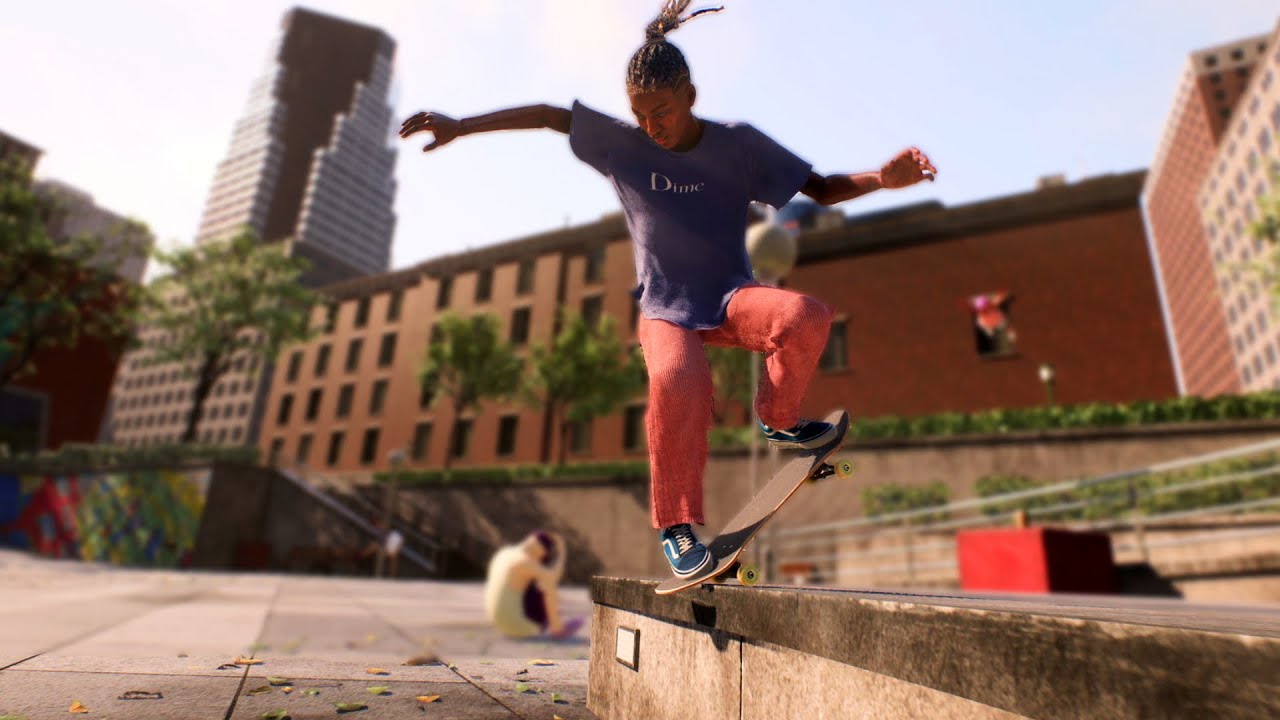After a fifteen-year hiatus that felt like an eternity for its dedicated fanbase, the iconic Skate franchise has made a dramatic return. Its early access launch immediately captivated a vast audience, with over two million players jumping into the virtual streets of San Vansterdam within the first 24 hours. This impressive milestone not only underscores the enduring legacy of the series but also signals a significant moment for both long-time fans and newcomers alike.
The Anticipated Comeback and a Modern Approach
The anticipation for a new Skate title has been palpable among the gaming community for what feels like an epoch. Fans have consistently yearned for the distinctive, physics-driven skateboarding mechanics that set the original games apart from their more arcade-like counterparts. EA, alongside developer Full Circle, clearly understood this demand, opting to deliver a free-to-play experience across PC and consoles, with future plans for iOS and Android.
This strategic shift to a free-to-play model represents a modern gamble in the industry, aiming for broad accessibility while monetizing through optional Founder’s Packs. These packs offer early adopters a variety of extras, a model confirmed to persist even after the game’s official 1.0 release, expected in about a year. It`s a bold move, effectively lowering the barrier to entry to almost zero, inviting everyone to `drop in` without an upfront investment. This approach seeks to cultivate a massive, engaged community—a crucial ingredient for any successful live-service title.
Navigating the Early Access Landscape: Triumphs and Tribulations
The journey of an early access title is almost invariably a blend of exhilarating triumphs and inevitable technical challenges. Skate was no exception. While celebrating the monumental player count, Full Circle candidly acknowledged initial server strains—a common rite of passage for popular online launches. “Beyond stoked to welcome everyone to San Vansterdam! Thanks for your patience as we flex our servers to keep up with all the hype,” stated the developer, perfectly capturing the simultaneous excitement and technical scramble.
More critically, players encountered a “soft lock” bug that, for many, prevented progression beyond certain points in the game. Such bugs, while unwelcome, are often part and parcel of the early access development cycle, serving as crucial feedback points for developers. The real test, however, lies in the response to these imperfections.
Full Circle`s Swift Response and Community Engagement
In a move that reassured its burgeoning player base, Full Circle swiftly addressed the progression-halting “soft lock” bug. This rapid response is vital in the live-service era, demonstrating a clear commitment to player experience and iterative development. It signals to the community that their feedback is not just heard but acted upon, fostering trust and encouraging continued engagement. This agile approach, prioritizing quick fixes and transparent communication, is arguably more critical than a flawless launch, as it builds a robust relationship with players who are, in essence, co-developing the game through their participation.
What Lies Ahead for San Vansterdam?
With over two million players already shredding its virtual streets, Skate has established a formidable foundation. The commitment to a free-to-play model, coupled with active developer support and a proven track record of addressing issues promptly, positions the game for sustained growth. As Full Circle continues to refine the experience, integrate new content, and expand to mobile platforms, the future of Skate appears exceptionally bright.
The early access phase, often perceived merely as a testing ground, has instead become a vibrant launchpad, proving that some legends, even after a long, patient wait, can still kickflip their way straight into the hearts of millions. The streets of San Vansterdam are open, and it seems many are ready to call it home.

